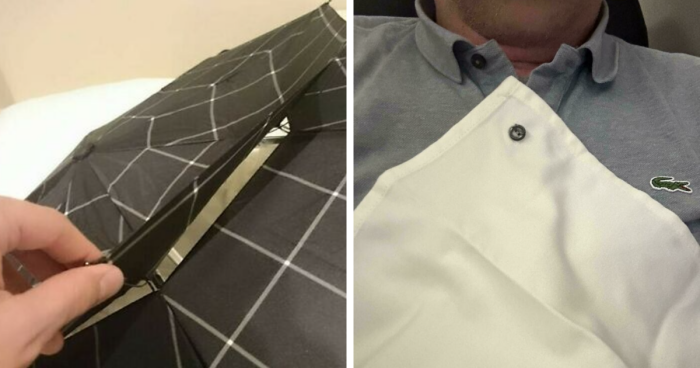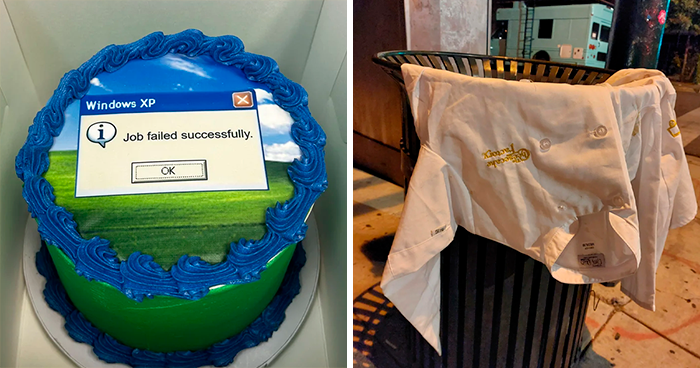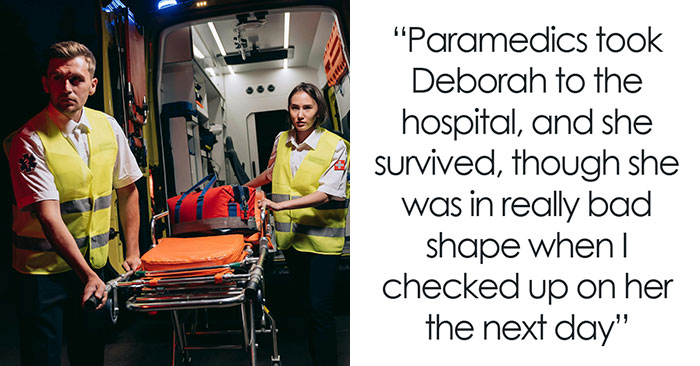
I Photographed Abandoned Soviet Towns And Factories In Kyrgyzstan
I recently came back from my trip to Central Asia for a photo project. A fairly unknown region but quite spectacular. It consists of Tajikistan, Kyrgyzstan, Uzbekistan, Turkmenistan, and Kazakhstan which are all former Soviet Russia states. Being part of the Soviet Union had a big impact on these areas, which weren’t official countries until the Soviets created them in the 1920s. Borders were drawn and five countries created, that were each to have their own language, culture, and identity in order to stimulate division between the people. They were afraid that they would rise up as one unified people against the Soviet government.
Before this, they were just nomads all living together in one big country. With the arrival of the Soviets, the Arabic language disappeared and was replaced by Russian, almost all Islamic schools and mosques were closed down, people were forced out of their nomadic ways and had to fight in World War 2. There are a number of haunted places in these countries where you can still see the remains of these stirring times. These abandoned places have not been touched in all those years and thus give a unique glimpse into the past – from the way of life to the brutalist architecture of the past.
Walking around in these ghost towns and desolate factories was very interesting and impressive, and also made me think about the impact this failed “social experiment” had on people. After independence from the Soviet Union in 1991, things were not necessarily better for a long time. The countries fell into chaos, with no governing body. Some of the older people I spoke said that in the Soviet time things were better than now. They brought electricity and infrastructure. There were free healthcare and free education. Statues of Lenin still stand, people quite like him, unlike Stalin.
The youth is mostly looking forward to the future and is quite positive about the possibilities for the countries (for example in tourism). After many years of unrest and wars even, the countries are now stable, peaceful, and safe. Although there are still many issues, like serious poverty and crazy dictators suffering from megalomania.
I’ve never been to such special countries, with so many interesting and incredibly hospitable people. For now, I would just want to share with you this time machine providing a look into the important history of these countries.
More info: thijsbroekkamp.com
Mingh Kush, located far inland in the mountains
This was the largest uranium producer of the Soviet Union
Radiation here is still 10 times the norm
Almost no action has been taken to contain this for the people in the village
The Soviet grandeur has turned into post-apocalyptic wastelands
Ming Kush used to be a rather rich town, people earned good money working in the factory
You can still see houses like these that used to be very grand in those days
There used to live many people in the village because of the available work
Now it is a very small and quiet village
Inylcheck, deep in the mountains of east Kyrgyzstan
It is close to the Chinese border which is why you need a special permit to travel here.
It was a mining town as the area is rich in tungsten, tin, molybdenum and other metals
The Soviets started mining here in 1980.
During Soviet times many people, especially young people, would come here looking for employment
After the collapse of the Soviet Union, life in the city began to fade away due to unemployment
It looks like people dropped everything the minute they heard of the collapse and just left
Nowadays there are about 30 families still living there
I can’t imagine growing up here as a child, it is so incredibly far from civilization
They have a little school and a doctor but that’s it
A little bit further up in the hills are the old mines
One of them is still accessible
14Kviews
Share on FacebookThere are many ghost towns like that. I was born in Kazakhstan, neighbouring country, we had those, too. Used to play in abandoned factories and mills as kids. Seeing those mountains brings lots of memories
You have a few examples of places with cool factories ?
Load More Replies...Of all the Stan's in Central Asia, Kyrgyzstan is my favorite. The people and culture made for an adventure.
There are many ghost towns like that. I was born in Kazakhstan, neighbouring country, we had those, too. Used to play in abandoned factories and mills as kids. Seeing those mountains brings lots of memories
You have a few examples of places with cool factories ?
Load More Replies...Of all the Stan's in Central Asia, Kyrgyzstan is my favorite. The people and culture made for an adventure.

 Dark Mode
Dark Mode 

 No fees, cancel anytime
No fees, cancel anytime 











































































97
12